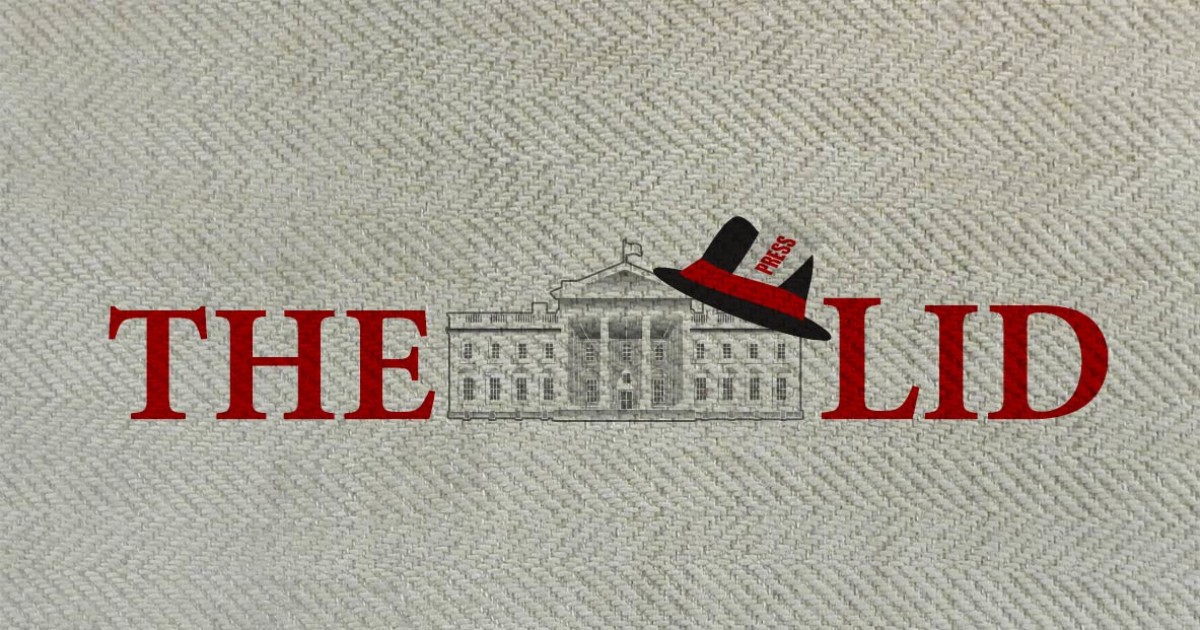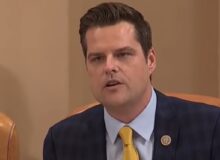IAEA Director General Yukiya Amano revealed on Monday morning that the P5+1 nuclear deal signed by the United States but not Iran, has significantly reduced what the UN Agency is supposed to report publicly about Iran’s nuclear activities.
On February 26 the IAEA published its first report since Iran supposedly came into compliance with the nuclear deal and received sanctions relief in return. Many observers were surprised that the report excluded information that had been included in every other report for years. Amano explained away the criticism by declaring that the nuclear deal reduced the reporting requirements that existed before.
The explanation is in tension with how the administration long characterized the nuclear deal to Congress, journalists, and the public. The White House and State Department went all-in on transparency measures: after U.S. negotiators gave up trying to get Iran to destroy any of its uranium infrastructure, the administration declared there would at least be unprecedented insight into all Iranian nuclear activities. In a January 16th statement, Secretary of State John Kerry claimed “the IAEA now has visibility and accountability of the entire supply chain that supports Iran’s nuclear program, from start to finish – from uranium mines and mills to centrifuge manufacturing and operation.”
But like so much of what comes out of the administration the visibility claim was a lie.
When nuclear negotiations began in late 2013, the administration asked Congress to stand down on pressuring the Iranians, and promised to force the Iranians to dismantle significant parts of their nuclear program if Congress gave negotiators space. U.S. negotiators eventually caved on any demands that would have required the destruction of Iran’s uranium infrastructure, and instead went all-in on verification and transparency: yes the Iranians would get to keep what they’d built, and yes their program would eventually be fully legal, but the international community would have full transparency into everything from uranium mining to centrifuge production to enriched stockpiles.
Now Amano has revealed that the nuclear deal gutted the ability of journalists and the public to have insight into Iran’s nuclear activities. In critical areas it’s even not clear that the IAEA has been granted the promised access. In fact there seems to be a lack of transparency at every level of Iran’s nuclear program, from uranium mines to centrifuge manufacturing – and including Iran’s stockpile of low-enriched uranium (LEU):
- Uranium mines –– Iran gave the IAEA access to some of its mines in 2014, in the aftermath of the implementation of the interim nuclear agreement, and the IAEA duly reported relevant details. The IAEA has not reported on inspections of mines since 2014, and there are no details in the latest report.
- 3.67% enriched uranium — Iran is permitted to have no more than 300kg of 3.67% LEU. As of January 2016 there was 340kg of uranium in Iran’s powderization plant – the Enriched UO2 Powder Plant (EUPP) – where the Iranians used to convert uranium UF6 gas to UO2 powder. That 340kg was stuck in an intermediate chemical form between gas and powder. The EUPP is now shut down and mostly cleaned out, but the IAEA doesn’t report what happened to the material, which should have been decontaminated, solidified, and packed . There’s a precedent for the Obama administration allowing Iran to cheat on obligations related to the EUPP: in July 2015 Iran missed a core obligation to use the EUPP to fully powderize all of its excess gas from the previous 6 months, and the administration defined down the obligation so everyone could pretend Iran was in compliance.
- 20% enriched uranium — Iran is permitted to have 0kg of 20% LEU. The IAEA’s February report is the first one in years that doesn’t detail how much 20% LEU Iran has. There has already been at least one known disagreement between Iran and the West over implementation of Iran’s 20% LEU obligations.
- Advanced centrifuge production –– the IAEA reported that it won’t be able to verify Iran has halted production of certain rotor tubes and bellows until its next visit. It’s functionally impossible to assess breakout times without those data points. More immediately, a senior diplomat told the AP that Iran has been refusing to comply with a requirement that it stop producing some parts for advanced centrifuges.
- Monitoring and verification — The IAEA report does not indicate whether Iran has met its obligation to implement the Additional Protocol, which is necessary for the Agency to access certain Iranian facilities. Iran has previously indicated it would in fact block inspectors from certain facilities. The report does indicate that Iran has permitted the Agency to use online enrichment monitors, which is a decades-old Agency practice Iran had held up, but Iran continues to refuse information to leave the country for IAEA use.
Olli Heinonen former IAEA Deputy Director-General for Safeguards, and now Senior Fellow at the Harvard Kennedy School of Government’s Belfer Center for Science and International Affairs had already noted that the new limits on the IAEA sound a lot like what Iran has been demanding for years, suggesting the possibility that the Obama administration made a secret concession to Iran on visibility while selling the deal to Congress as the exact opposite:
For years, Tehran has advocated for less-detailed IAEA safeguards reports, citing concerns ranging from confidentiality matters to IAEA inspection authorities under the comprehensive safeguards agreement. The IAEA has consistently refuted these arguments. Less-detailed reporting, after all, fails to provide the transparency required for the JCPOA’s verification… If, as it insists, it is in compliance with the deal, then Tehran should favor much more detailed IAEA reports that document that compliance and explain its nuclear aspirations, both in terms of past and future work.
Meanwhile the ISIS report had explained that the consequences of conceding to Iran on IAEA visibility could be catastrophic for evaluating the deal:
The lack of data and information in the report make it impossible to make any independent determination of Iran’s compliance. By failing to provide more information about the status of key technical aspects of Iran’s nuclear program and the implementation of its JCPOA commitments to date, the IAEA is withholding vital data about the status of Iran’s nuclear program. It risks undermining public transparency and confidence in the agreement. Without this critical implementation reporting, the public and the media will depend on leaks for reliable information. This is not a standard that the IAEA should seek to emulate. We call on the IAEA to provide better reporting on the status of Iran’s nuclear programs under the JCPOA.
Meanwhile the ISIS (Institute for Science and International Security) report had explained that the consequences of conceding to Iran on IAEA visibility could be catastrophic for evaluating the deal:
The lack of data and information in the report make it impossible to make any independent determination of Iran’s compliance. By failing to provide more information about the status of key technical aspects of Iran’s nuclear program and the implementation of its JCPOA commitments to date, the IAEA is withholding vital data about the status of Iran’s nuclear program. It risks undermining public transparency and confidence in the agreement. Without this critical implementation reporting, the public and the media will depend on leaks for reliable information. This is not a standard that the IAEA should seek to emulate. We call on the IAEA to provide better reporting on the status of Iran’s nuclear programs under the JCPOA.
The Obama administration may claim that the deal guts public knowledge about Iran’s nuclear program, but ensures unprecedented classified reporting. It’s not clear that’s true: it doesn’t seem to be true for rotor tubes used by advanced centrifuges, for example. The real question is, will those Democratic Party legislators who voted for the deal, putting party loyalty above national security and security for our ally Israel, put pressure on the Administration to enforce the deal. So far the answer is no.






